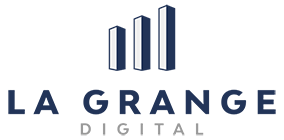Facebook is (kinda) allowing CBD ads.
Dean La Grange • June 27, 2019
Facebook is starting to allow more advertising from CBD companies looking to brand on their platform.
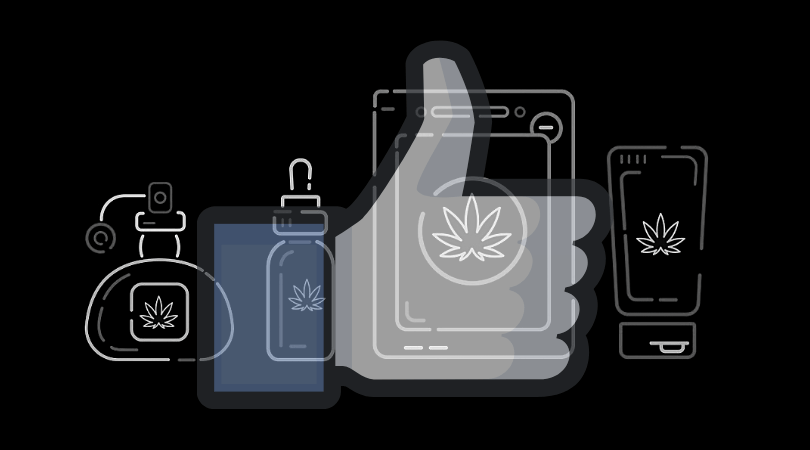
Previously, Facebook banned advertising for CBD or ingestible hemp products even though those products were not specifically mentioned in Facebook's advertising policies.
This resulted in hindrance from CBD brands and even a lawsuit that alleged deceptive ad practices.
With that being said, Facebook has calmed down a bit on their ban towards CBD products. Advertisers are now allowed to run ad campaigns for topical hemp across Facebook.
If advertisers would like to run ads to product pages that direct the consumer to purchasing other products on the website, that is now allowed. Facebook is still prohibiting ads for ingestible CBD, including ads that direct to landing pages with those products.
"Our policy remains the same: We don't allow people to promote CBD or ingestible hemp on Facebook. The update to non-ingestible hemp was made months ago," a Facebook spokesperson emailed.
Facebook's change comes as the business of CBD is rapidly growing
and U.S. states are individually trying to regulate the market. Meanwhile, the platforms are each addressing CBD ads differently. Google, for example, is testing allowing ads for topical products as long as they don't say CBD. The pressure for Facebook and other platforms to change their ways has been increasing.
Of course, Facebook's policy change doesn't mean every ad that meets those new guidelines will be approved. Facebook consistently makes mistakes with flagging ads, and the ads still must abide by Facebook's other advertising policies and community standards.
The policy change comes not only as CBD is growing but as it gains approval from drug stores
and enters new categories like beauty brands and even the creation of pet care brands. With the change focused on topical hemp and CBD, the brands that offer oils, lotions, creams, salves, serums as well as makeup infused with CBD stand to benefit.
This story has been updated with a comment from Facebook PR.
La Grange Digital Blog
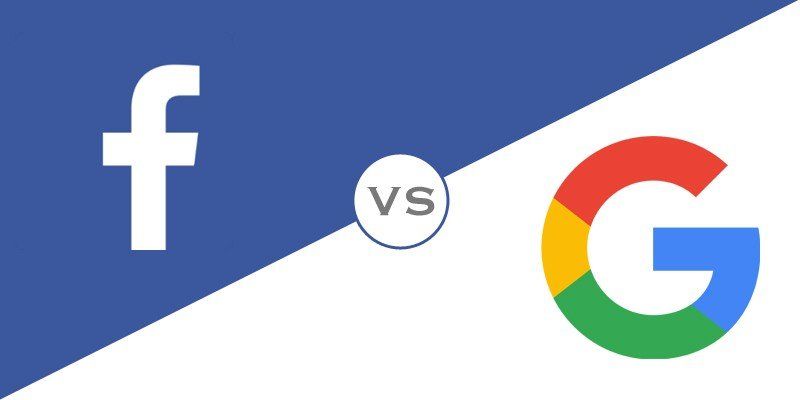
Today, there are many promoting stages you can look over and influence to construct brand mindfulness and perceivability. Facebook and Google Ads are the top compensation per-click publicizing stages that can create incredible outcomes whenever utilized effectively. Numerous organizations utilize both to accomplish most extreme perceivability, drive more leads and deals, and find new clients. In the event that you needed to choose between Google and Facebook to promote your business, which is the best decision and at which stage will you have created the best outcomes? The response to this is dependent upon numerous components. Before you reach a decision, investigate how Facebook and Google Ads differ as far as highlights, promotion arrangements, ROI….and that's just the beginning. Paid Search versus Paid Social Google Ads is a paid hunt promoting stage while Facebook is a paid social publicizing stage. Utilizing Google Ads, you are focusing on the watchwords individuals use in Google search. These clients regularly have high buy purpose, which means they're bound to make a buy since They're effectively looking for an item or administration they're considering purchasing. Facebook, then again, is increasingly detached on the grounds that it showcases advertisements to clients who ordinarily aren't effectively searching for a particular item or administration; rather, they are on the site to associate with loved ones. Since Facebook clients aren't effectively looking for an item or administration, they frequently have low buy aim. Nonetheless, you can utilize Facebook's focusing on alternatives to laser center around a specific crowd dependent on specific socioeconomics, for example, interests, online conduct, age, area, and that's only the tip of the iceberg. More or less, paid pursuit affords you the opportunity to find new clients utilizing catch- phrases, while paid social enables clients to discover your business dependent on their interests and their online practices. To put it another way, Google Ads encourages you to find new clients while Facebook enables new clients to discover you.
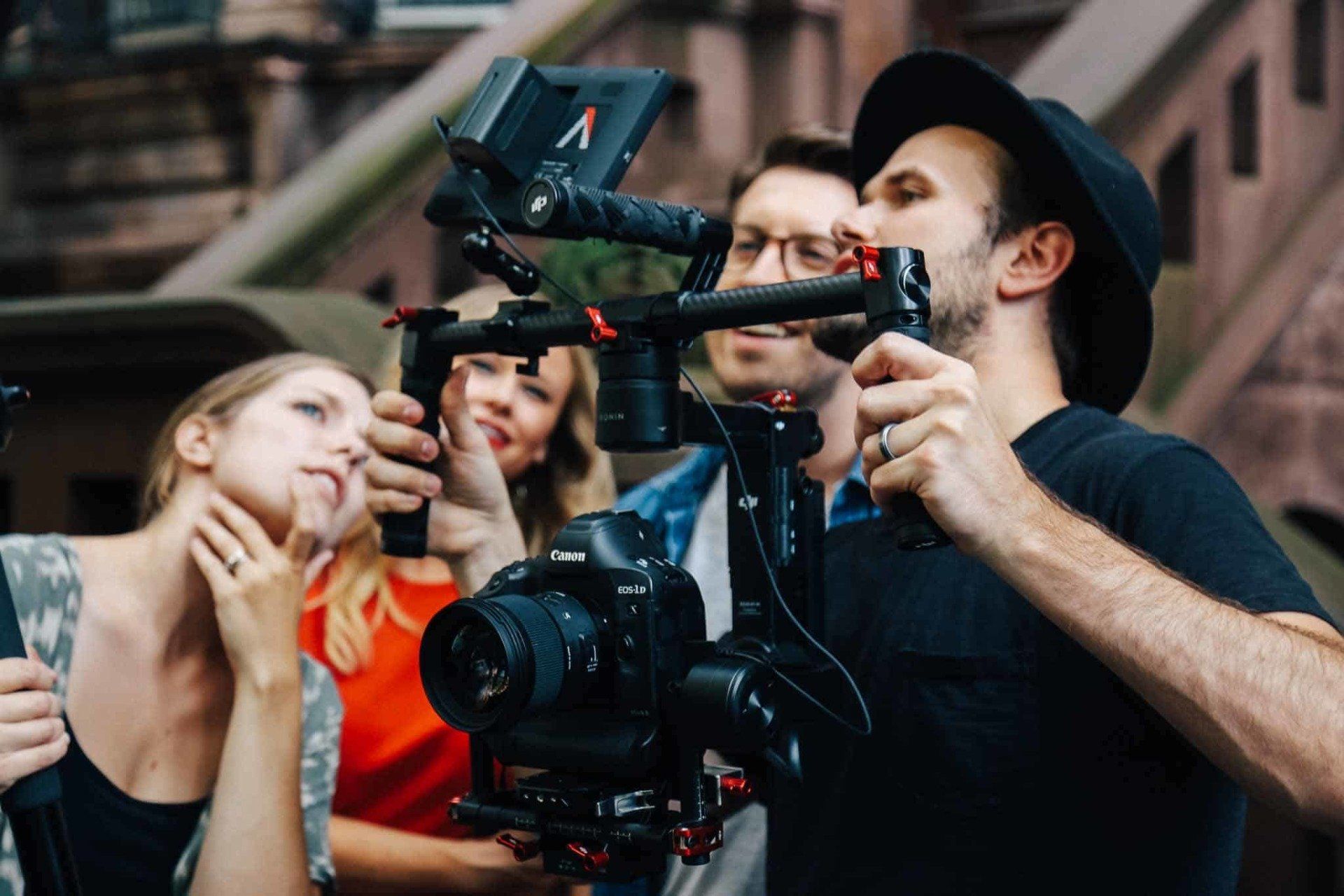
Nowadays, having a Facebook Advertising partner or agency is crucial to the success of your online store. Once you've decided that taking on a partnership is the right move, what is there to do next? Weigh your options according to your business. We at La Grange Digital are passionate about Facebook Advertising and want businesses to grow and thrive. As industry pros, we know there are some agencies out there that will be perfect for you, and others… not so much. To help you out, here's a checklist of what we think are the most important questions you need to consider when you need to choose a Facebook Advertising Partner or agency. Do they have reviews? This might appear like a no-brainer, but you need look at an agency's reviews. What are their credentials? Do their reviews from other clients match up with what they portray on their website? An agency can boast all they want on their ROA's, but that means next to nothing if you can't find any reviews from previous clients. Try checking LinkedIn or other professional social channels. if you want to really go in depth, look for the ceo/ owner's personal LinkedIn and see what other professionals say about their work. If they have none-thank you, next. Can they meet your timeline? One of the most important things is to be transparent about your timeline with an agency. Openly define your expectations and goals when it comes to the work you need completed and when you need it done. Reach out to a Facebook partner and see if they can accommodate your needs. Do they have the experience you're looking for? For the most part, a portfolio speaks volumes about an agency. Take the time to look through their work and see if they've successfully done the work you want from them. For example, if you're looking for a campaign restructure, you're not going to go with an agency that is clearly monotonous in their campaign design style. Their campaign portfolio needs to be immaculate and what you want displayed for your business. How does the statement of work (SOW) / proposal look? Any agency or partner's statement of work or proposal needs to be specific. You need to guarantee that the proposal is presented in detail and covers both you and the agency itself. Neither party needs or wants to get screwed over. If a proposal is only one page, you should be biting your fingernails. Huge red flag. Simply look elsewhere. Do they meet your budget range? By selecting an agency that is cheaper than your budget scope, you get what you pay for. Lower quality work for your online store is not the way to go. You deserve the best, so you need to partner with the best in the industry. Also, make sure they know your budget and deliver a project around your budget. If they don't ask what your budget is, they are giving to you a pre-templated package of what they sell to every client. If they do ask, they are providing you with a custom SOW tailored to your requirements and budget. How do they present themselves? The agency's Facebook (and Instagram..) Business Ad Account needs to reflect the quality of work that you want and expect. The trick here is to not skip over the details you find essential. Does the agency online presence flow smoothly? Is everything easy to find? Chances are, if you're not impressed with their own campaign designs, you won't be impressed when they are working for you. Have they done campaign scaling with Facebook? Even if you don't need a campaign scaled, an agency that knows how to do one is better than one that doesn't. The key takeaway here is experience-the agency that has done successful ad campaign scaling in the past knows what they're doing. It's better to know you're well taken care of by an agency with the credentials. Do they properly communicate with you? Pick an agency that you can enjoy having a comfortable conversion with. Are they prompt in responding to calls or emails? Do you connect well with them after speaking for the first few times? If you're irritated from the start, that's probably how the rest of your professional relationship is going to go. Choosing a Facebook Advertising partner or agency can be unnerving. However, if you do the right amount of research and ask yourself the right questions, you might just find the partnership of your dreams. Good luck!

Gone are the days where ads could run profitably for months at a time. With people’s evolving interests and ever shortening attention spans – we as digital advertisers have to find ways to evolve with our consumers. The current trend with ads is that they’ll run for a few days with great results in the beginning only to plateau and eventually plummet off a cliff into obscurity. To be frank, it sucks. Especially knowing where ad lifespans once were. There’s no need to despair though as there have been some ways to combat these sudden ad deaths and I’m going to share them with you right now. First of all, we need to know focus on the campaign structure. Identifying your objectives correlates directly to your conversions. Keep your starting daily budget between $100 and $500. I’ve found that this strategy works best. A solid bid strategy will yield the lowest cost, which saves money. It is tempting to cast the widest net possible when choosing a target audience, because more eyes means an increased chance of conversion. While true, it is always important to focus on consumers that are more likely to buy in to your product. In the long run it is more beneficial to have a few consistent customers than a large pool of one-time buyers. Ads should always be optimized for conversion. This can be achieved by setting the conversion window to a “7-day view, 1-day click” and making sure that to utilize all of your placements. The actual structure of the ad is also key to gaining the maximum performance output. We’re going to detail exactly what kinds of ads typically perform better and how they should be structured. Insert one image-based ad and one video-based ad into a set. Utilize the same copy on both ads for consistency. The video ad should be no longer than 60 seconds and should be in a square format to increase versatility with placements. Create an additional 15 second video for optimum usage within Facebook and Instagram Stories. Combine both videos together to run within the same ad set. This is important because it optimizes the campaign and jumpstarts Facebook’s algorithm to pump out your ad to more areas online which garners more attention which ultimately makes your ads run longer and convert stronger. Pretty cool, right? These strategies are only the tip of the Facebook advertising iceberg. I’ve got so many more to help you stay on top of trends and conversion strategies. All you need to do is reach out. We can have you seeing phenomenal increases in revenue in as little as 30 days.
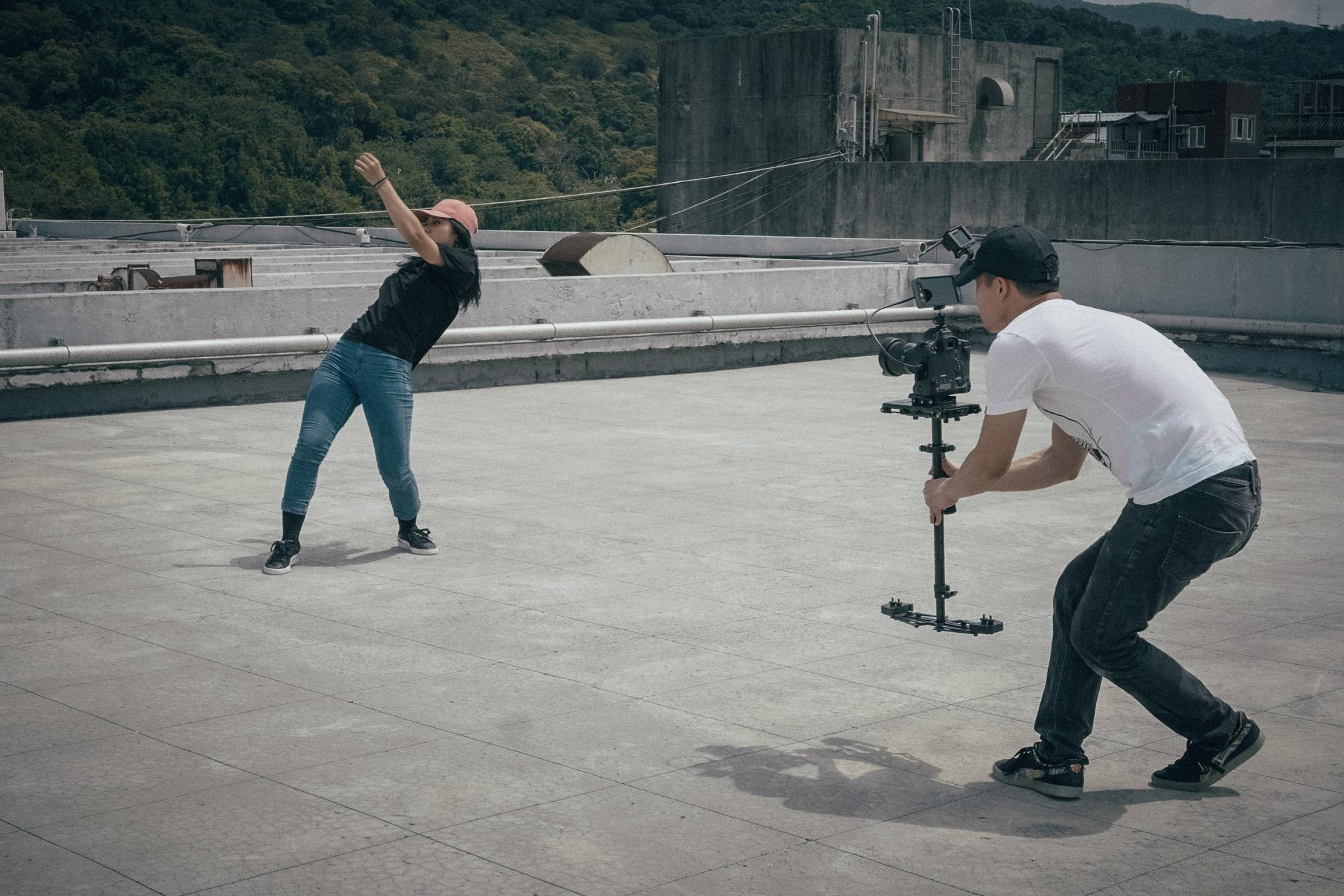
How many times have you heard that humans are visual creatures? Have you noticed that you find yourself talking more about last week’s episode of Game of Thrones more than the article you read last week about the dangers of gluten? That’s because visual stimuli have a much stronger ability to drive its consumers to action than words on paper. That’s why video advertising is the secret juggernaut that is just waiting to break the mold… If we can find a way to get people to actually pay attention. Let’s be real, our attention spans are much shorter now than they were in a pre-smartphone era. People are looking to get their information quickly and effectively because instant gratification is the name of the game. Herein lies one of the glaring problems that advertisers are having with fully investing in video. Because people are so ready to consume the content that they want to consume, anything that hinders them from doing so is likely to be met with resistance… Like your ad. More than 65% of viewers will skip ads on videos as soon as the option becomes available. This number is worse when you consider that many of these advertisements often land in areas outside of their target audience. It’s also worth noticing that it’s difficult to measure the return on investment from video ads o ften leaving them to focus on unreliable metrics like views. Despite these hang ups, advertisers are more committed than ever to exploring this medium and are raising their video marketing budgets at unprecedented rates. If you don’t want your ads to continue to fall into the purgatory known as ‘skip’ hell, you’ll need to focus on the following five pillars (don’t worry we’ll go into detail below): Budget, Creation, Release, Location, and Launch. First and foremost, being cognizant of the money is important. As much as marketing departments would like to operate with limitless funds… They don’t. That being said, it’s critical to keep your campaigns budget in mind so that you can achieve the greatest return on investment. Now that the boring (but extremely necessary) money talk is out of the way, we can focus on the other pillars. Creation The creatives are in their element – concepting, designing, and coming up with unique ideas that will resonate with their client’s target audience and drive them to action. Release This one is pretty simple – you have to know when the best time to release and achieve maximum results consistently. That’s the key word, consistently. In many cases these videos ads will see a peak in positive results only to quickly plateau and eventually fall off. The secret is to Video Marketing Blog keep key dates in mind and continue to launch relevant video content that will stay fresh in the mind of the consumers. Location Location, location, location is vitally important when choosing where to distribute your video content. It is important to know where your content will be the most relevant to your audience. Additionally, it is absolutely critical to tailor your content to perform optimally on specific channels – flashy video content with a banner to learn more on Instagram versus a 30-second informative action scene on YouTube. Launch When it comes time to launch your new content it is important to keep certain channel recipes in mind to maximize your campaign’s lifecycle. For example, it wouldn’t be wise to launch multiple videos on YouTube within days as they will overlap thus not allowing your campaign to run for as long. Analytics packages such as Facebook Pixels and Google Analytics are also crucial in this stage as they allow you to see how consumers are interacting with your ad – allowing you to make necessary adjustments to optimize the campaign. Armed with these five pillars your team should be more than ready to cut through the noise and land with that coveted target audience.
